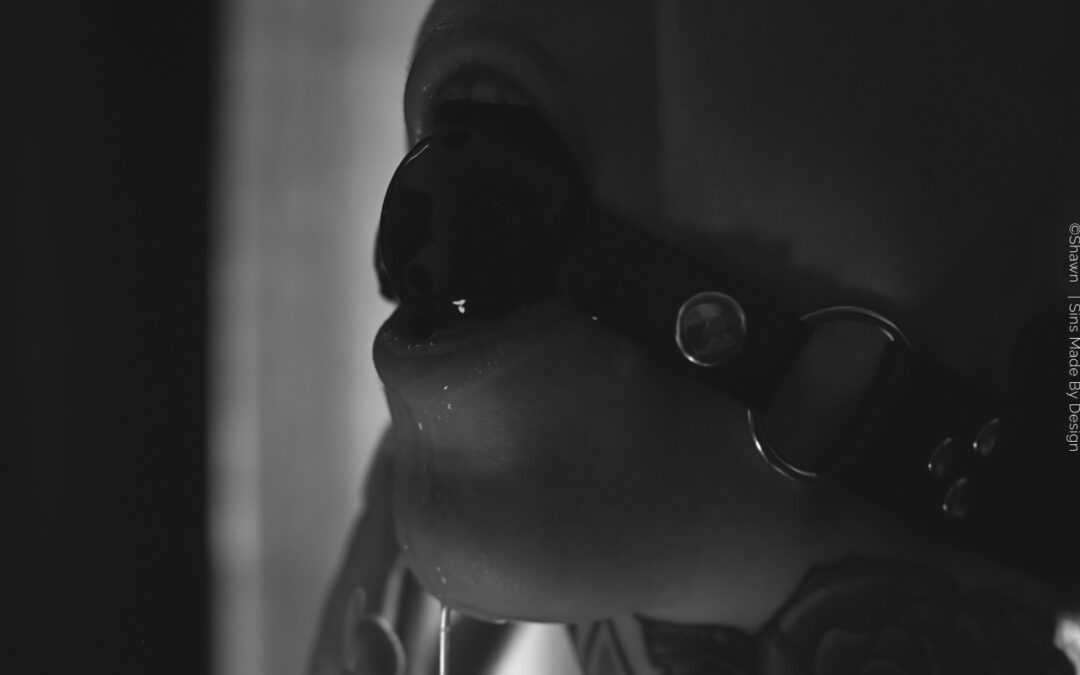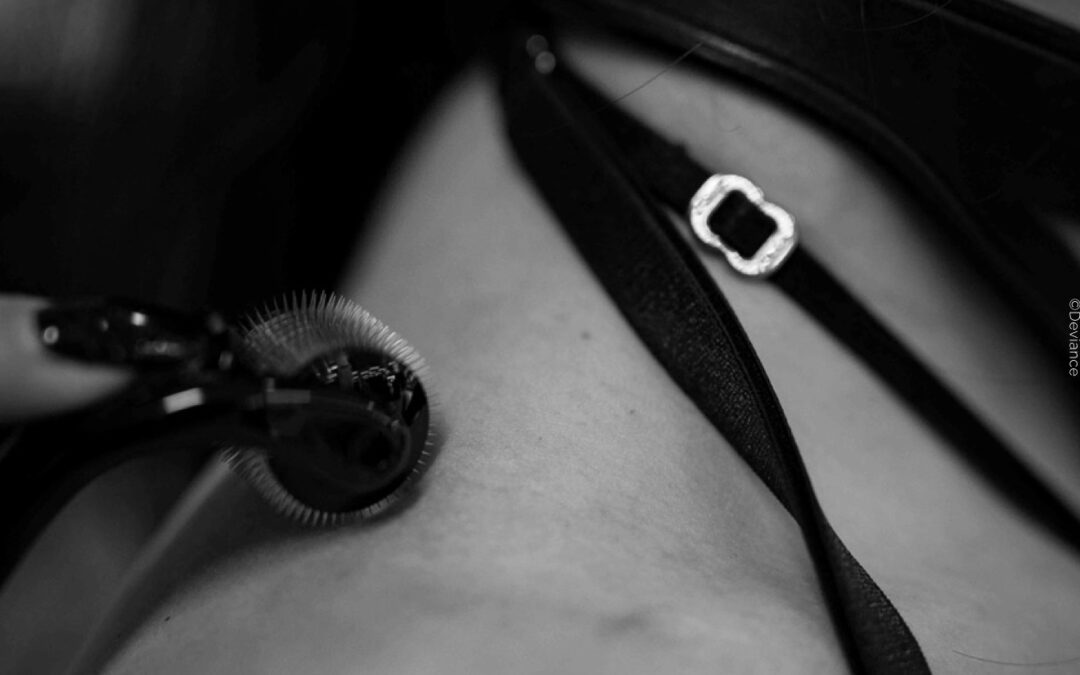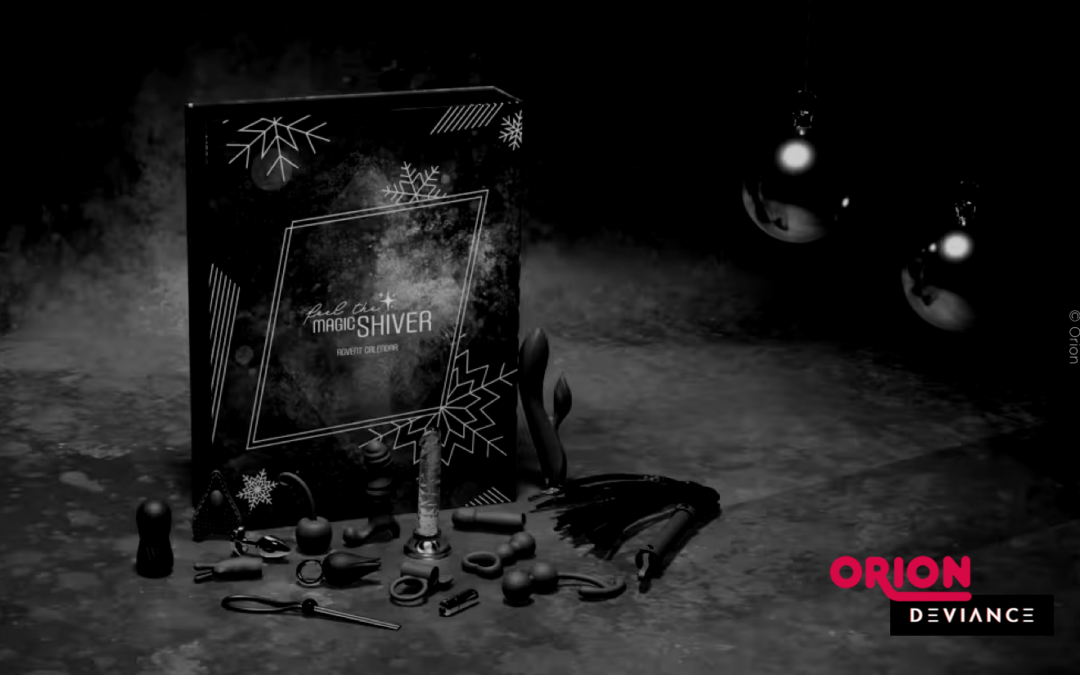What lies behind a dirt fetish or mysophilia?
Mysophilia, the technical term for a dirt fetish, refers to sexual arousal from dirt, disorder, or specific smells that might be considered unpleasant or unhygienic. This fetish belongs to the less well-known preferences and encompasses a broad range of practices and stimuli, from slightly soiled clothing to extreme forms of contamination.
Why do people find dirt arousing?
The allure of mysophilia often lies in the transgression of societal norms and taboos. Dirt and smells, usually deemed repulsive, are experienced in this context as forbidden, rebellious, or even intimate.
Another aspect is the connection to primitive or animalistic instincts. For some fetishists, dirt symbolizes primality, loss of control, or a break from social constraints. Smells play a central role, as they directly affect the limbic system, responsible for emotions and sexual arousal.
Mysophilia is also closely linked to other fetishes, such as fetishes for worn clothing, used underwear, or certain bodily fluids. Here, it’s often less about the dirt itself and more about the notion of intimacy that these traces symbolize.
How is a dirt fetish expressed?
Mysophilia can manifest in many different ways, depending on individual preferences. Some examples include:
Worn clothing: Many fetishists prefer garments that bear traces of everyday life, such as worn socks, T-shirts, or underwear. The smell and wear of these items are often particularly arousing.
Dirty scenarios: Some people stage situations involving dirt or chaos, such as rolling in mud or playing with soil or similar materials.
Smells: A preference for bodily odors such as sweat, unwashed hair, or other natural excretions is a central component for many mysophiles.
Cultural backgrounds and symbolism of the dirt fetish
In many cultures, cleanliness is associated with morality and order, while dirt often symbolizes debauchery or chaos. Mysophilia challenges these societal norms and celebrates what is commonly viewed as negative or dirty.
Interestingly, echoes of this fetish can also be found in art and literature. Works dealing with transgression and decay often explore elements associated with dirt or disorder. These representations reflect a certain fascination with the imperfect and rebellious.
Is mysophilia problematic?
As with all fetishes, as long as the preference is practiced consensually and safely, it is entirely legitimate. Issues may arise when hygienic risks or health concerns are neglected. Dirt can contain pathogens, so careful cleaning and care before and after such practices are crucial.
For some, mysophilia can also represent a form of liberation, allowing them to let go of societal expectations and constraints. In such cases, it is essential to clearly communicate limits and ensure that all participants feel comfortable.
Why imperfection can be so appealing – and what society says about it
Mysophilia is often misunderstood and carries a strong taboo. Many people cannot comprehend why something considered unhygienic could be erotic. This stigmatization often leads mysophiles to practice their preferences in secret.
Nevertheless, mysophilia demonstrates how diverse human sexuality can be. It reminds us that arousal and desire often deviate from the expectations and norms imposed by society. Openness and understanding are therefore key to viewing such preferences in a positive light.









